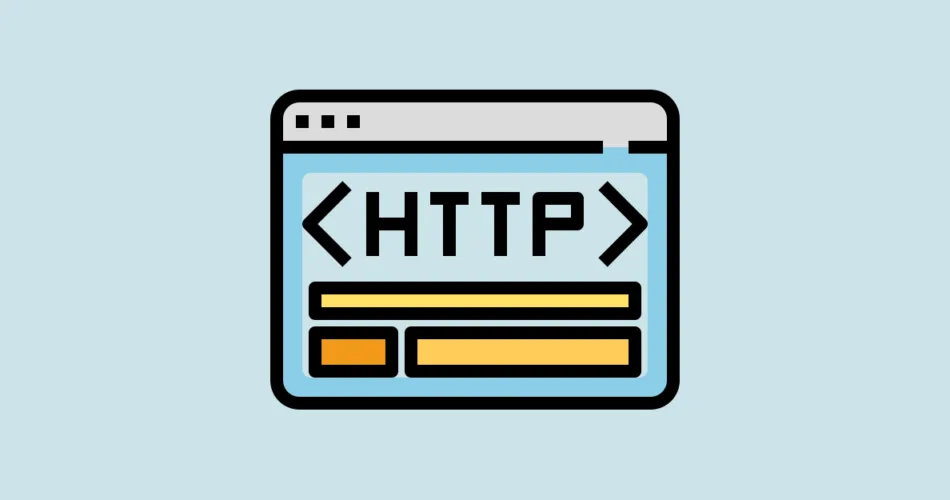HTTP (Hypertext Transfer Protocol) is the foundation of communication on the World Wide Web. It is the protocol used for data exchange between clients (such as browsers) and servers. Understanding HTTP is essential for building and consuming RESTful APIs. In this article, we’ll cover the basics of HTTP for RESTful APIs, including HTTP methods, request and response structure, status codes, and headers, all with code examples in Java.
Overview of HTTP Methods
HTTP methods define the type of operation to be performed on a resource. RESTful APIs commonly use these methods:
- GET: Retrieve data from the server. No data modification occurs.
- POST: Create a new resource on the server. It may return the created resource’s URI.
- PUT: Update an existing resource on the server. The entire resource is replaced.
- DELETE: Remove a resource from the server.
- PATCH: Partially update an existing resource on the server.
Request and Response Structure
HTTP requests and responses follow a specific structure:
- Request: An HTTP request consists of a method (GET, POST, etc.), a URI (Uniform Resource Identifier) specifying the resource, headers (optional), and an optional message body (for methods like POST and PUT).
- Response: An HTTP response includes a status code indicating the outcome, headers (optional), and an optional response body containing data or information.
Status Codes and Their Meanings
Servers return three-digit numbers, known as HTTP status codes, to indicate the outcome of a request. Here are a few common status codes:
- 200 OK: The request was successful, and the server returns data in the response body (for GET requests).
- 201 Created: The request was successful, and the server created a new resource as a result (for POST requests).
- 204 No Content: The request was successful, but there’s no data to return (for DELETE requests).
- 400 Bad Request: The request appears malformed or invalid.
- 404 Not Found: The requested resource does not exist on the server.
- 500 Internal Server Error: The server encountered an error while processing the request.
Headers and Content Negotiation
Requests and responses include key-value pairs in the form of HTTP headers. They convey additional information about the request, response, or resource. Headers play a crucial role in content negotiation, where the client and server agree on the data format for the response. Common headers include:
- Accept: Specifies the data formats the client can understand (e.g., JSON, XML).
- Content-Type: Specifies the data format of the request or response body.
- Authorization: Contains authentication credentials.
- User-Agent: Identifies the client making the request (e.g., browser, user agent).
// Java Example: Sending an HTTP GET Request
import java.net.HttpURLConnection;
import java.net.URL;
import java.io.BufferedReader;
import java.io.InputStreamReader;
public class HttpClient {
public static void main(String[] args) {
try {
// Define the API endpoint
String apiUrl = "https://api.example.com/resource";
// Create a URL object
URL url = new URL(apiUrl);
// Open a connection to the API
HttpURLConnection connection = (HttpURLConnection) url.openConnection();
// Set the request method to GET
connection.setRequestMethod("GET");
// Read the API response
BufferedReader reader = new BufferedReader(new InputStreamReader(connection.getInputStream()));
String inputLine;
StringBuffer response = new StringBuffer();
while ((inputLine = reader.readLine()) != null) {
response.append(inputLine);
}
reader.close();
// Print the API response
System.out.println("Response: " + response.toString());
} catch (Exception e) {
e.printStackTrace();
}
}
}
Above is a Java example demonstrating how to send an HTTP GET request using the `HttpURLConnection` class. It includes setting the request method, opening a connection, reading the response, and handling any exceptions.
Understanding the basics of HTTP is vital for developing and consuming RESTful APIs. These fundamental concepts enable seamless communication between clients and servers, making the exchange of data reliable and efficient.
Subscribe to our email newsletter to get the latest posts delivered right to your email.


Comments